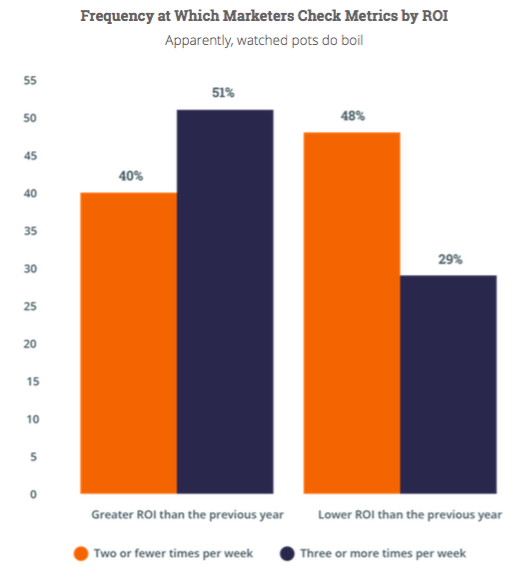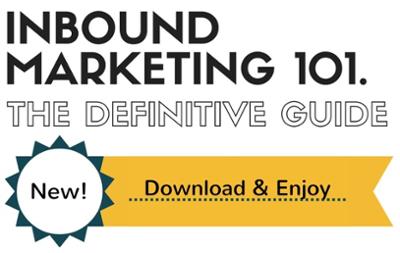Leading Marketers Check Their Metrics More Than 3 Times Per Week [HubSpot's State of Inbound Report]
Top Metrics Marketers Should Check

Word is out: Leading marketers check their metrics frequently—over 3 times per week. That's the newest data from State of Inbound, HubSpot's annual report that surveyed thousands of the world’s foremost marketers and salespeople. In addition, respondents whose teams checked marketing metrics three or more times a week were over 20% more likely to see an increased ROI in 2015.
What metrics should marketers check?
As the State of Inbound report demonstrates, more organizations are turning to inbound marketing. It's been proven that providing your buyer personas with remarkable, engaging content converts them to customers, but you also need to:
- Measure the impact of that content to determine the best type of content
- Determine the best distribution channels
- Discover the most effective social media strategies.
As a lead marketer, below are some of the metrics you should be tracking on your website:
1. Traffic
We recommend HubSpot, Google Analytics, or Moz for monitoring your traffic. Begin by checking the most basic metrics: How many people does your content attract to your website? You'll also want to know how they found you. Was it through organic search, links on social media, or inbound links from another site? From there, you can uncover the types of content and distribution channels that have the greatest impact on your website traffic. Experiment with your content to see what your audience likes best.
2. CTA (Call-to-Action) Click-through Rate
When doing inbound marketing, your goal is to connect content that’s meant to attract people to your website with content designed to convert them. Blog posts are top-of-the-funnel content. You want your prospective leads to move down the conversion funnel, so you need to provide them with a relevant call-to-action. For example, if you’ve written a blog post on the “Top Properties for Sale in Nicaragua,” you should create an offer, such as a brochure, that provides your website visitors with information like “Everything You Need to Know about Buying Real Estate in Nicaragua.” Your CTA click-through rate will demonstrate whether you built a logical content funnel.
3. Landing Page Conversion
Once you’ve guided your visitors to a landing page, you need to measure how many of them actually convert on your offer. By way of example, this is a landing page from Inbox. Your landing pages should be converting your website visitors into leads at a rate of 20%. If some of your landing pages are not performing as well as they should be, check to see if you’re making any of these popular landing page mistakes:
- How well the page is designed
- How efficient your copy is
- Whether images are helpful
- Whether the form is too complicated
4. Lead-to-Customer Conversion
After you’ve gathered a number of leads with your top-of-the-funnel content, it’s time to create an email drip campaign. This will involve sharing relevant decision-stage, middle-of-funnel content that your leads will find useful when preparing to make a purchase. Aim for a 5% conversion rate by testing and measuring your campaign's click-through rates and lead-to-customer conversion rates.
State of Inbound 2015 Report
If you're interested in reading the full report from HubSpot look no further:



